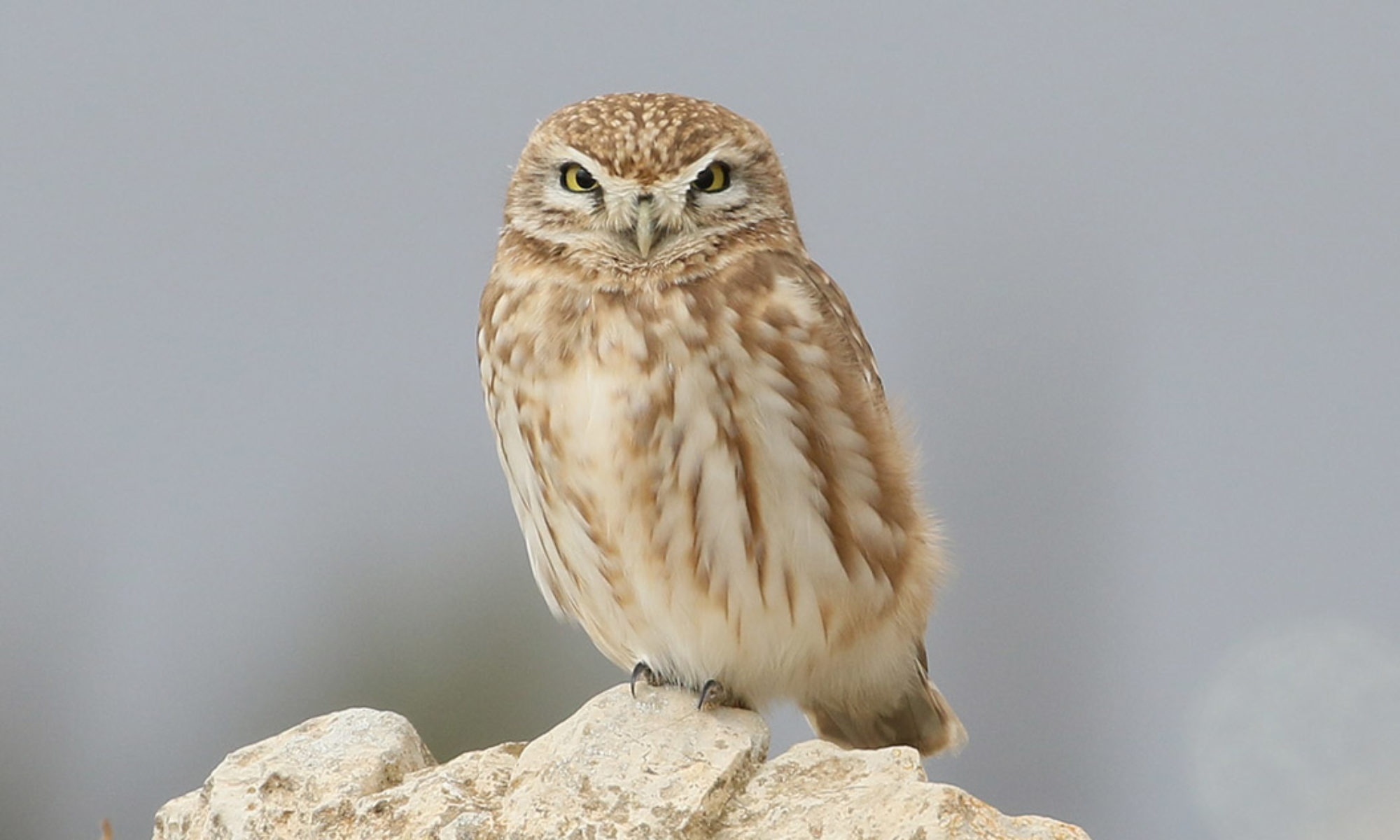Controling invasive species.
Jordan BirdWatch, supported by UNDP/GEF Small Grants Programme in Jordan, is implementing measures to control invasive alien species in “Wadi Gharaba A Special Conservation Area“.

Jordan BirdWatch is continuing its attempts to restore the remnant wetland and bird habitat at Wadi Gharaba in the Jordan Valley. The current project focusses on invasive alien species, the spread of which indicates man-made disturbances to ecosystem function and habitat degradation.




Two widespread invasive species are the mesquite Prosopis juliflora shrubs and the common myna Acridotheres tristis . Activities include Implementing at a small scale control measures of Prosopis juliflora by harvesting dry pods and grinding them to be used as alternative, supplementary animal fodder and also use the mesquite wood for various purposes.

In addition, the impacts of the common myna bird on crops and hole-nesting birds in the Wadi Gharaba SCA and its surroundings is being studied in Jordan for the first time.


JBW is working together with local stakeholders including the livestock owners and forestry department, together we are implementing various activities with the local cooperative “Beit Sweimeh”.
Fort further information see video on our Facebook page:
Or through the link below:
“Improvement of Green Infrastructure in Jordan through Labour-intensive Measures“



